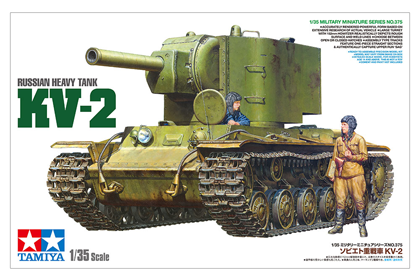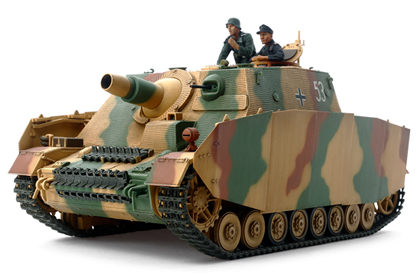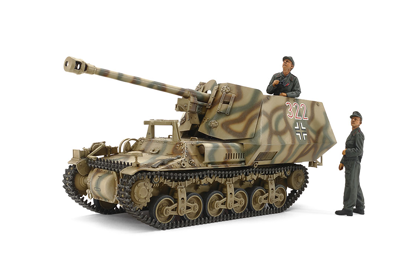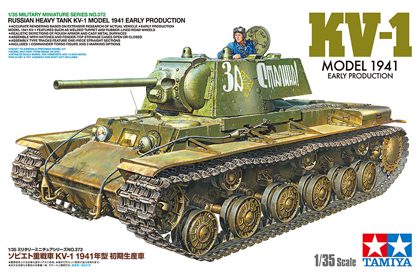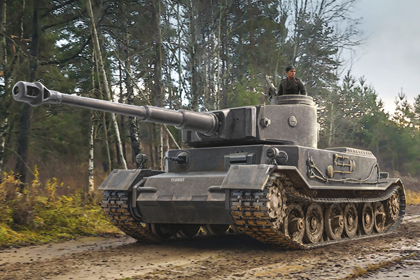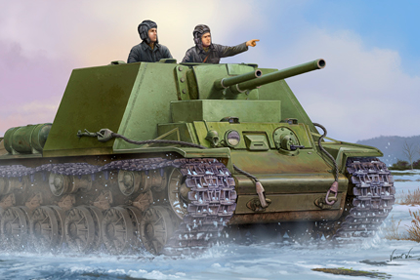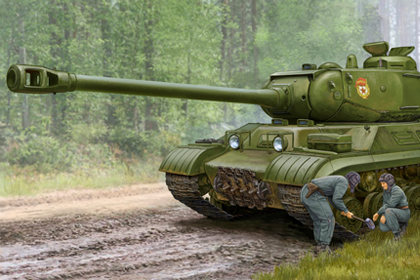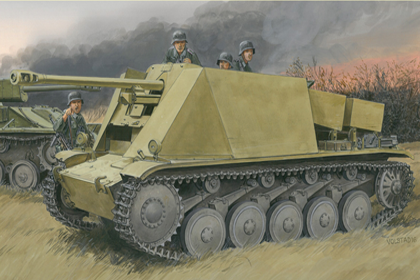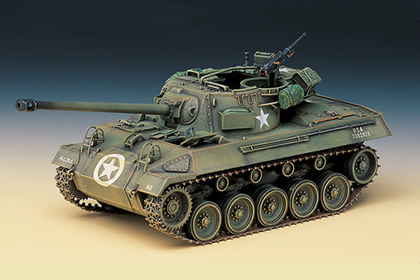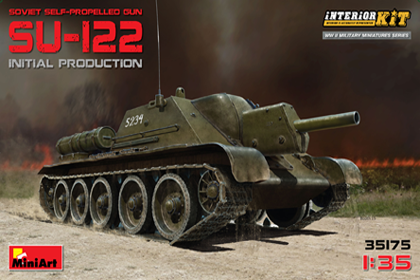This is the Tamiya 35 374-4000 kit in 1/35 scale, of the ‘German Panzerkampfwagen IV, Ausf. F’.
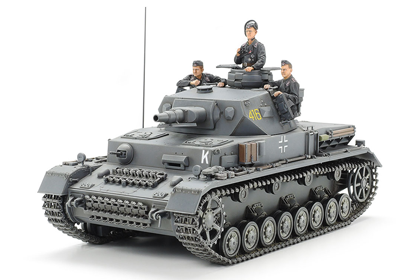
History
In service throughout WWII, the Pz.Kpfw.IV was a durable servant to the German Army.
The Ausf. F was the last variant to utilize a short-barreled gun: the L/24 7.5cm KwK37, and was also equipped with wider tracks to cope with the increasing thicknesses of armor.
470 Ausf. F Pz.Kpfw.IVs were manufactured between May 1941 and February 1942, mainly seeing action on the Eastern Front and in North Africa and taking on enemy armor such as the Soviet KV tanks and the British Matilda.
Source: Tamiya website
